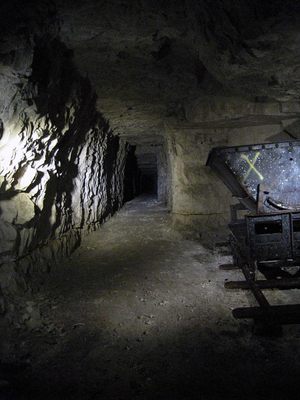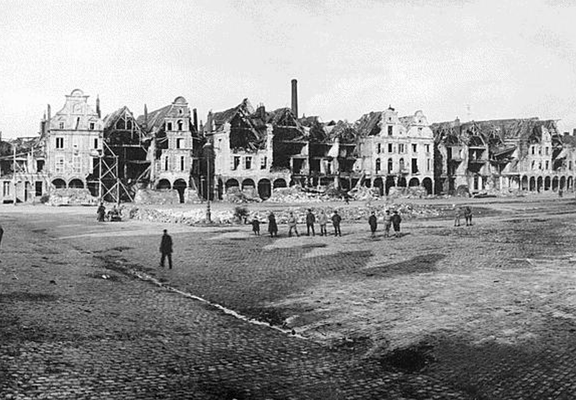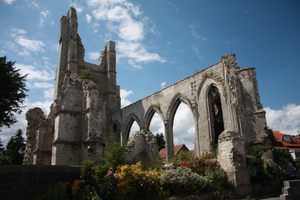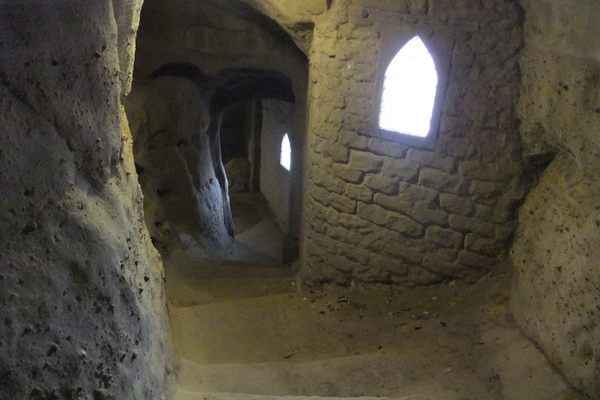About
The Allies had a secret weapon as they faced off against German troops near the town of Arras, France in the spring of 1917: an underground city, hiding supplies and an estimated 24,000 Allied soldiers.
More than 60 feet below the surface of the city, miles of ancient quarry tunnels snaked below the city surface, allowing troops safe shelter from the mayhem above ground, and a way to move in secret across the landscape.
Tunnel warfare has been common throughout human history in many parts of the world, and WWI was no exception. However, most tunnels of the Great War were either merely cut-and-covered trenches barely below the surface of battlefields, or secret passageways under enemy territory designed for eavesdropping and, occasionally, for detonating gigantic mines. The tunnels under Arras were different.
Quarried since the middle ages (and possibly as far back as Roman times), the tunnels under Arras provided stone for much of the above ground building up until the 19th century. Starting in the fall of 1916, expert tunnelers were brought in to expand and connect the ancient passages in preparation for battle.
A team of 500 tunnelers were brought in to expand and connect the mine tunnels, led by the New Zealand Tunnelling Company and taking advantage of experienced British coal miners, as well as the so-called "Bantam" soldiers who were of under-standard height for a British soldier. Named for the capital of New Zealand, the Wellington Quarries were eventually transformed into more than mere tunnels, housing large supply depots and meeting rooms, kitchens, latrines, a hospital and a light rail system. The tunnels were named after New Zealand towns, from north to south, so that the tunnelers could easily find their way underground.
Used both as shelter and for troop movement during the offensive, the tunnels may have contributed to the success of the battle. Despite heavy losses - estimated as high as 158,660 Allied troops and German losses at about 120,000 - the surprise attack in April of 1917 was generally considered a tactical success, inching the Allies towards eventual victory.
During WWII the tunnels found new life as air raid shelters for local citizens, before being re-sealed in 1945, and slowly forgotten until they were re-discovered in 1990.
In 2008 the tunnels were opened to the public as part of a new museum dedicated to the memory of those who served in WWI, with special attention given to the tunnelers and soldiers who lived and fought below Arras.
Related Tags
Published
January 12, 2014






























